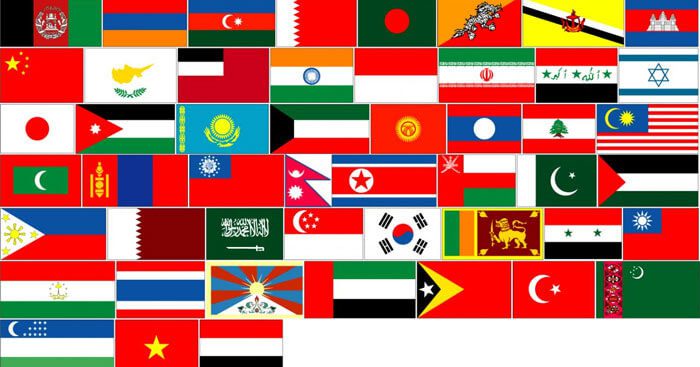The most commonly used color appears in 30.3% of flags, while the least common color is present on only two flags.
Among the national flags around the world, red is the most favored color, appearing in 30.3% of flags. This color symbolizes the blood of the warriors who sacrificed their lives for their homeland. Following red are white, green, and blue, with appearances of 18%, 14.9%, and 12.4% respectively. However, very few countries choose purple for their national flags. The reason for this is not aesthetic.

Flags of the countries around the world.
According to After Skool, the absence of purple in national flags has never been due to any regulations. The reason many flags lack purple is that the production process for this color was historically very expensive.
In ancient times, dyes were made from natural substances, such as red from berries, green from glass, yellow from flowers, and black from coal. However, to obtain purple dye, specific plants or animals were needed for extraction.
Initially, purple was created from a type of sea snail found in a small region of the Mediterranean. It took about 10,000 of these snails to produce just 1 gram of purple dye. The cost of producing this color was quite high before the 19th century, often surpassing that of gold.
Purple clothing existed but was typically worn only by the very wealthy, primarily royal family members. There was even a term for this: “royal purple.”
It wasn’t until 1856 that William Henry Perkin, an English student, discovered a way to produce purple dye cheaply. From this point onward, the color purple became more popular. This is also why some flags designed after 1900 feature a few purple streaks.
Nicaragua – We can see a hint of purple in the rainbow of Nicaragua’s national flag, which was designed in 1907.
Dominica – This flag was adopted in 1978. You can find purple in the illustration of the sisserou parrot, the national bird of Dominica, at the center.


















































